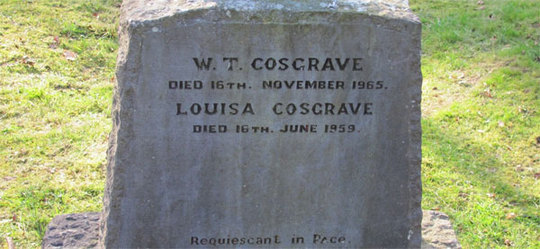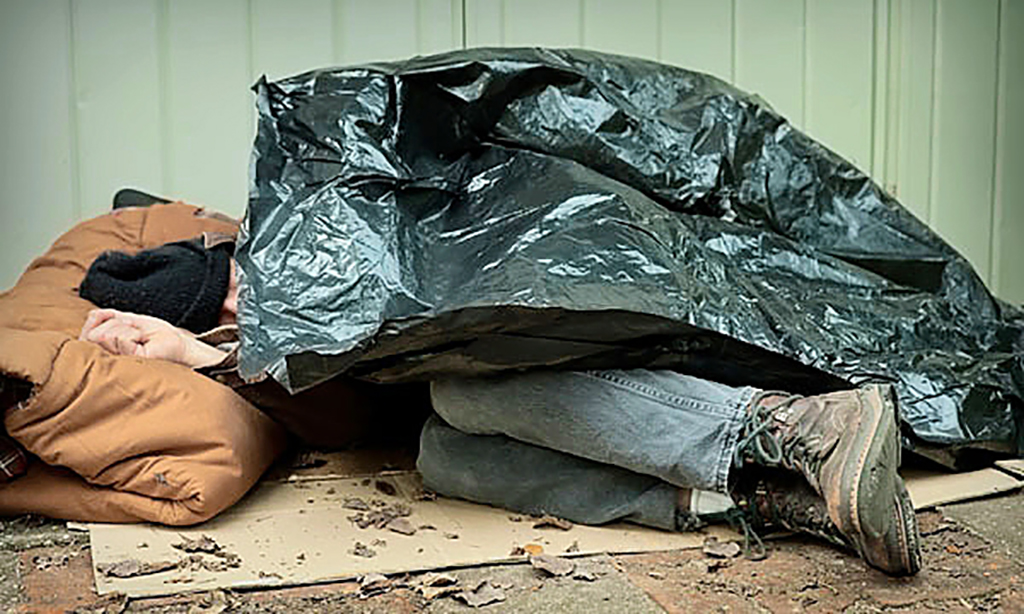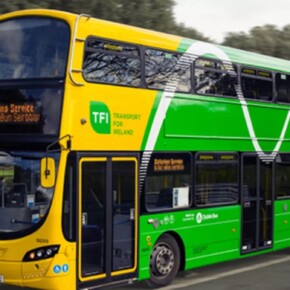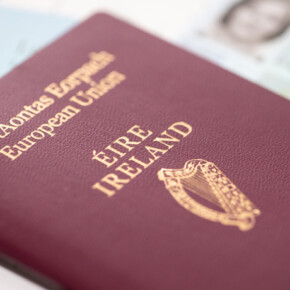Was grave attack political?
Dublin People 24 Oct 2014
THE vandalism of WT Cosgrave’s grave in Goldenbridge Cemetery last week may have been politically motivated, the head of a local heritage group believes.
The top of the granite cross that marks the resting place of Mr Cosgrave, who was the first head of an independent Irish Government, was broken in two by heartless vandals.
A granite headstone on a separate grave was also smashed while two other headstones were pushed off their bases and broken.
Michael O’Flanagan, a member of the Kilmainham and Inchicore Heritage group, said the attack on the historic grave appeared to be politically motivated.
“I suspect, and many are worried, that the attack on Cosgrave’s monument, which has lain untouched since 1965, is politically motivated,
? he stated.
“It’s no small coincidence that WT Cosgrave’s grave was damaged just as a new biography of the man was launched in Dublin.
?
Mr O’Flanagan was referring to the book
‘Judging WT Cosgrave’, by Michael Laffan, which was launched at the Royal Irish Academy (RIA) on Dawson Street last week.
WT Cosgrave’s granddaughter Mary, who had attended the launch, said it was regrettable that the grave was damaged.
“I don’t want to say much more about it other than it was regrettable,
? she said.
“I understand that the cemetery’s commissioner is looking into it.
?
Deputy Catherine Byrne (FG) said she was shocked at the news that considerable damage was done to the grave and tombstone of WT Cosgrave.
“Goldenbridge Cemetery has a proud history, being one of the first Catholic cemeteries established in the country after Catholic emancipation,
? she said.
“I am genuinely appalled that such a sacred place could be targeted by vandals.
?
The members of Ceantar Mhaighneann, the Kilmainham and Inchicore Heritage group, said they condemned, in the strongest possible terms, the vandalism of Goldenbridge Cemetery and the damage to so many family graves, not least among them the beautiful Celtic Cross erected at the grave of WT Cosgrave
?.
“This historic cemetery, the first of its kind, was opened by Daniel O’Connell in 1829 and was treasured by the people of Inchicore,
? Mr O’Flanagan explained.
“It formed an important part of our heritage. Local people are shocked at the extent of the vandalism carried out on this occasion.
“It is our hope that the damage can be repaired quickly and that provision will be made to protect it from incidents like this occurring again.
?
According to Mr O’Flanagan, Goldenbridge Cemetery, which is surrounded by high walls, lies parallel to the path of the Grand Canal in Inchicore.
The cemetery is once more visible from Emmet Road, as the towers of St Michael Estate which once overshadowed the graveyard have now been demolished.
“As early as 1823 Daniel O’Connell campaigned to acquire land where Catholics could be buried free and without any harassment,
? he added.
“In the middle 1828 the Catholic Association purchased the three acres of land at Inchicore for £600.
?
The heritage group unveiled a plaque to WT Cosgrave at his former home at 174 James’s Street last year. Cosgrave played an active role in the Easter Rising of 1916 where he was 3rd in Command to Eamonn Ceannt at the South Dublin Union, now St James’s Hospital.
Following the rebellion, Cosgrave was sentenced to death. However, this was later commuted to penal servitude for life and he was interned in Frongoch in Wales.
While in prison Cosgrave won a seat for Sinn Fein in the 1917 Kilkenny by-election.
He again secured an Irish seat in the 1918 General Election, serving as MP for Carlow-Kilkenny. He was released from prison in 1918 under a general amnesty and took part in the soon to be established Dáil Eireann.
On December 6, 1922, following the death of Michael Collins, the Irish Free State came into being. Cosgrave became its first prime minister, called President of the Executive Council.
“WT Cosgrave was a small, quiet man, and at 42 was the oldest member of the Cabinet,
? Mr O’Flanagan continued.
“He had not sought the leadership of the country but once it was his he made good use of it. His chief priority was to hold the new country together and to prove that the Irish people could govern themselves. He died in 1965.
?
The caretakers of the Goldenbridge Cemetery, the Glasnevin Trust, said the graveyard had been the target of vandalism over the past number of months.
“In response to this, executives of the Glasnevin Trust recently met with public representatives, Dublin City Council and the gardaà to discuss the issue,
? a trust spokesperson stated.
“In relation to the repair of the vandalised monuments, the obligation usually falls to the family who own the monuments. However, on this occasion it has been agreed that the stone masons of the Glansevin Trust will repair the monuments without cost to the family.
?











